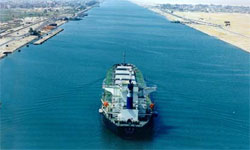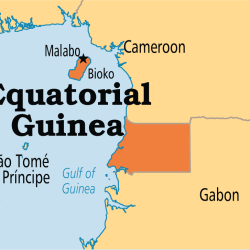The Corinth Canal, located in Greece, holds the distinction of being the narrowest navigable canal in the world. Here’s a closer look at its significance and details:
Key Facts About the Corinth Canal
- Geographic Importance
- Connects the Aegean Sea to the Ionian Sea, cutting through the Isthmus of Corinth.
- Reduces the maritime route by approximately 400 km, avoiding the long journey around the Peloponnesian Peninsula.
- Dimensions
- Length: 6.3 km (3.9 miles).
- Width: 21 meters (69 feet).
- Depth: 8 meters (26 feet).
- History
- First conceptualized as early as the 7th century BC.
- Constructed between 1881 and 1893, led by Hungarian engineer István Türr.
- Navigation
- Primarily used by smaller vessels due to its narrow width.
- Hosts about 11,000 boats annually, predominantly for tourism purposes.
Engineering Marvel
- The Corinth Canal stands as a testament to engineering ambition, carving a path through solid rock.
- Despite its modest size by modern standards, it represents a significant achievement for its time and remains a vital piece of infrastructure and a popular tourist attraction.

Tourism and Legacy
- The canal is not just a functional waterway but also a scenic wonder, attracting visitors worldwide.
- Its strategic and historical significance underscores its enduring legacy in maritime navigation.
The Corinth Canal is a remarkable blend of history, geography, and engineering, symbolizing centuries of effort to connect two seas through a slender, navigable pathway.









